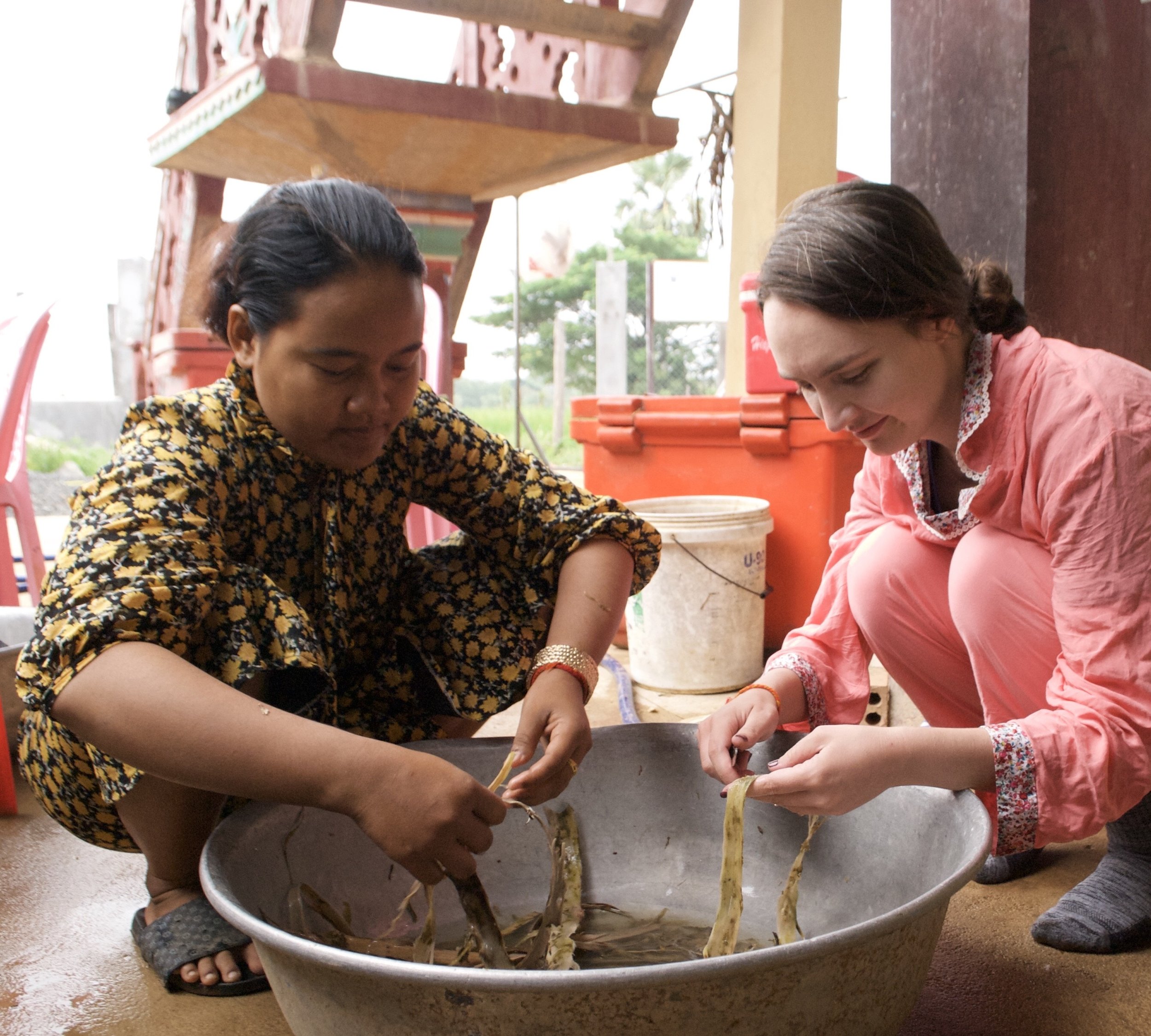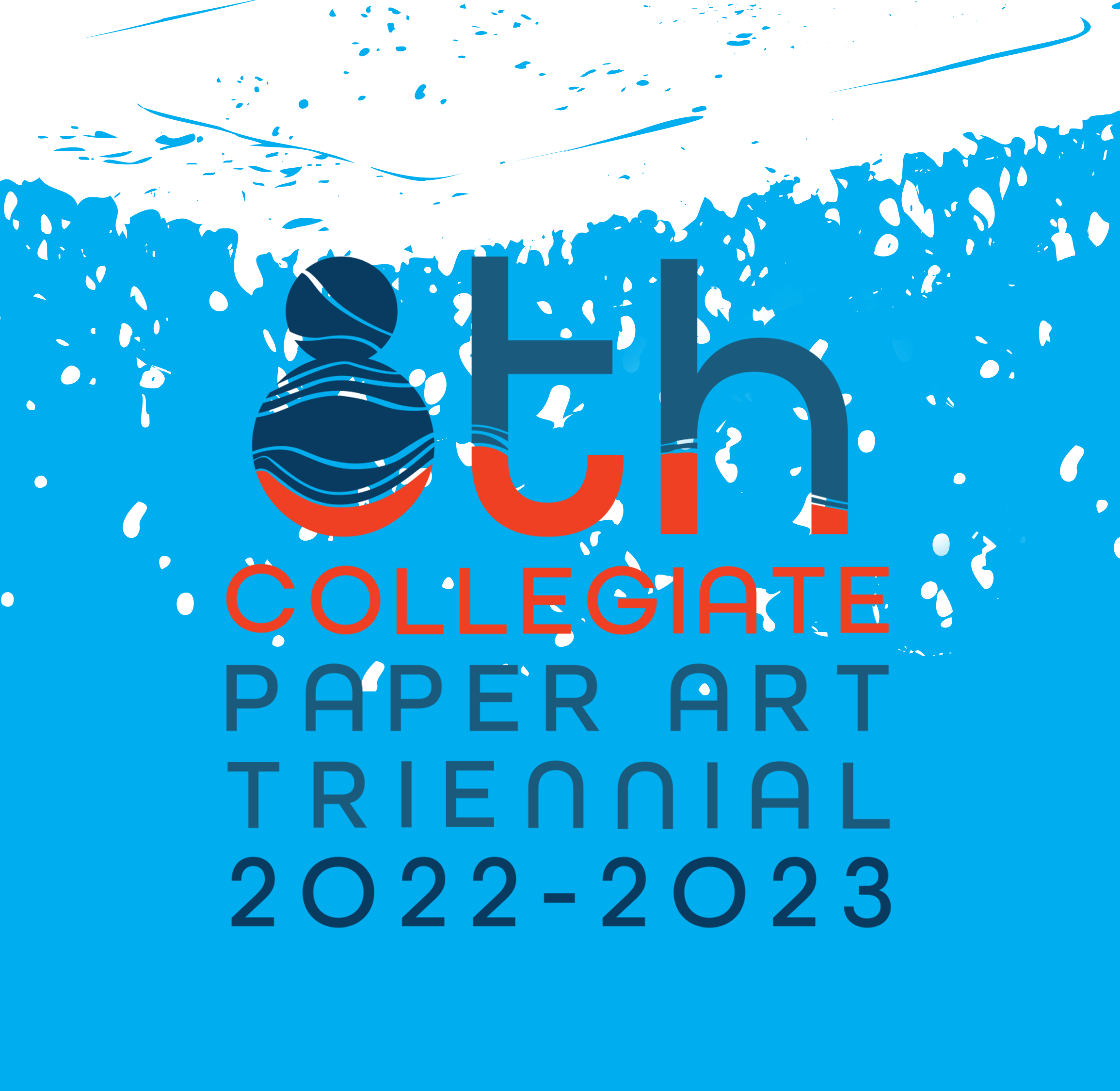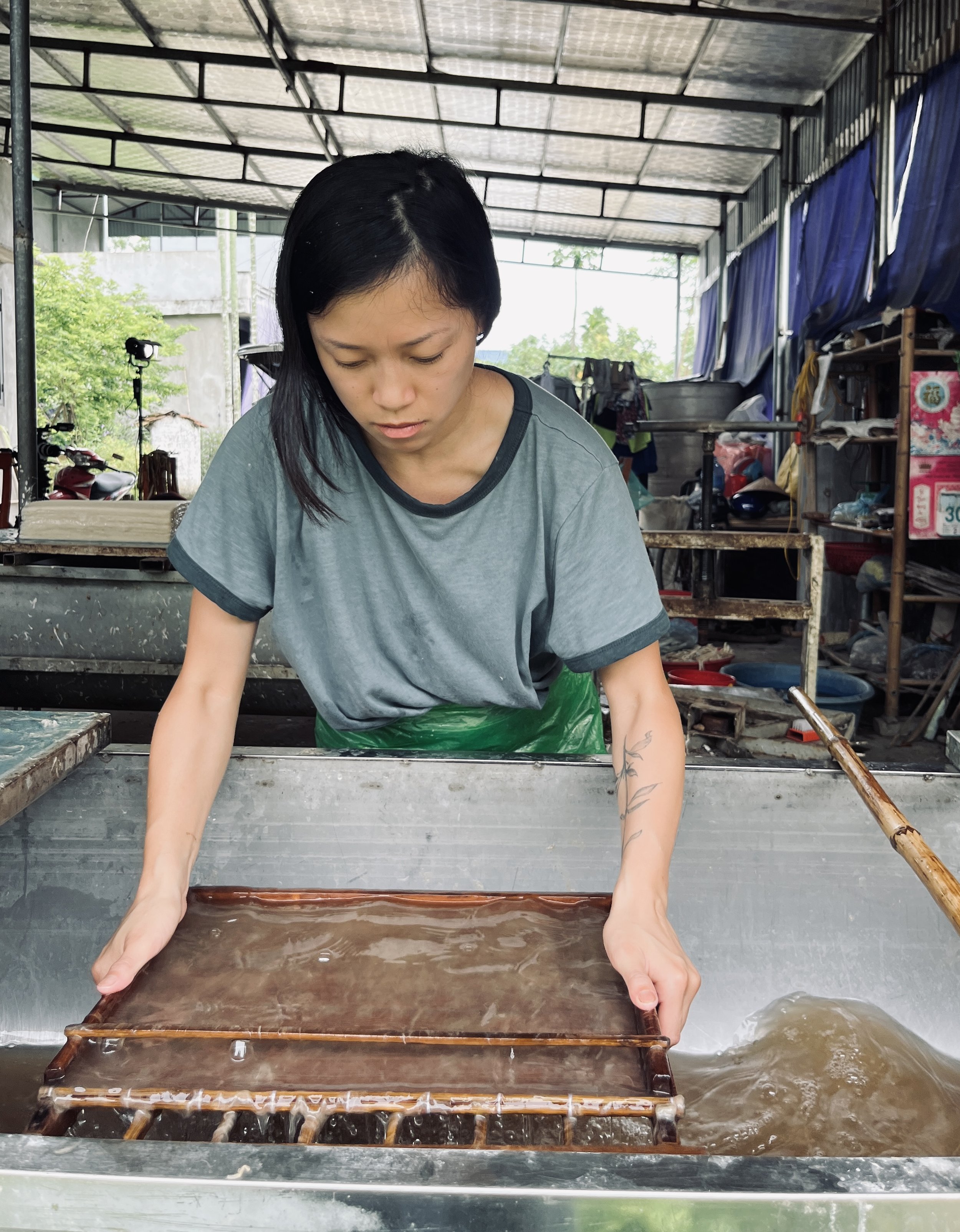Activating Materials, 2022
Virtual conference: Saturday, October 8th and Sunday, October 9th
Program Highlights
Below you will find the full list of 2022 Activating Materials Conference programming but we would like to extend a special thanks to the Anita Lynn Forgach Memorial Keynote speaker, Dario Robleto and the Elaine Koretsky Memorial Presentation speaker, Anisha Gupta!
Join us via Zoom on Saturday, October 8th and Sunday, October 9th, 2022 for this year’s conference! All conference programming will be recorded and available to NAHP members who have registered for the conference, so be sure to register today.
-
Dario Robleto – he/himDario Robleto is an artist, writer and filmmaker based in Houston, Texas. His work has been exhibited widely and is held in prominent collections including the Harvard Art Museum and the Whitney Museum of American Art. His work has been profiled in numerous publications and media including Radiolab, Krista Tippet's On Being, and the New York Times. He has held research fellowships and residencies at a range of cultural and scientific institutions, including the Smithsonian National Museum of American History and the Radcliffe Institute for Advanced Study at Harvard University. In 2016 he was appointed as the Texas State Artist Laureate. He is currently serving as Artist-at-Large at Northwestern University's McCormick School of Engineering and the Block Museum of Art, and is working on his first book, Life Signs: The Tender Science of the Pulsewave, published through the University of Chicago Press and co-authored with art historian Jennifer Roberts, the Elizabeth Cary Agassiz Professor of the Humanities at Harvard.
-
Anisha Gupta – she/herAnisha Gupta is a paper and preventive conservator. She has worked in art museums and libraries across the country including the Fine Arts Museums of San Francisco, Cleveland Museum of Art, and American Philosophical Society & Library. Her conservation research has spanned from 20th century printmaking techniques for large billboards and posters to early American papermaking. Anisha recently returned to graduate school to pursue her PhD in Preservation Studies at the University of Delaware, examining the legacies of colonialism in collections care and expanding our practice to global caretaking traditions.
DAY 1: Saturday, October 8, 2022
The Elaine Koretsky Memorial Presentation: Anisha Gupta
Anisha Gupta – she/her
In 1731, Benjamin Franklin – a staunch supporter of circulating paper currency – was tapped to print paper money for Pennsylvania, New Jersey, and Delaware. One of his greatest challenges, however, was preventing counterfeits. He conducted many printmaking and papermaking experiments to create bank notes complex enough to prevent copying. Given the security concerns associated with this project, he published very little about his methods, and it is uncertain which, if any, novel techniques Franklin ultimately employed.
This presentation will describe my investigation to determine whether Franklin’s experiments were used to produce circulating paper currency. Historical account records of Philadelphia-area paper mills used in conjunction with Franklin’s correspondence create a picture of how he worked with local papermakers to experiment with techniques and create unique bank notes. Since the paper used for the currency has never undergone scientific analysis, it has been unclear whether Franklin ultimately put any of his experimental techniques into practice. This talk will illustrate various conservation techniques used to determine the exact physical makeup of Franklin’s circulating currency, allowing for comparison with his documented experiments, and revealing which innovative anti-counterfeiting techniques he successfully employed.
Exploring Belonging through Papermaking
Megan Heeres – she/her
This session will be a facilitated conversation around how materiality can address questions of belonging, privilege, and gentrification. I’ll introduce these ideas and share how I’ve been exploring them in my practice. The focus of this session will be a discussion on how papermaking can be a tool to examine challenging topics. The papermaking process has potential for engagement with a wide range of people and it’s important that we collectively examine its opportunities and challenges. This conversation will be a connective space for different kinds of makers, scholars, artists, and curators.
The session will be grounded in my ongoing work, the Invasive Paper Project. For the last decade, I have been rendering unwanted plant material into paper pulp in collaboration with community members. We explore this idea of "invasive" together when applied to plants, places, people, and neighborhoods. This investigation has mirrored my explorations around gentrification. This work has changed how I enter into spaces (as a white, cisgendered woman), connect with communities, and understand my relationship to power. At the NAHP 2022, I want to offer this conversation to the community to better understand our collective impact.
Moulding the Future, 3D Printing Chiaroscuro Watermark Moulds
Brian Queen – he/him
Chiaroscuro or light and shade watermarks are considered the pinnacle of the papermaker's craft. The traditional process of creating them is difficult and technically demanding, which puts this medium out of reach for most papermakers. New affordable resin type hobbyist 3D printers can now print a wove mesh for papermaking moulds. I will show how I used this type of 3D printer to create the undulating 3-dimensional surface of a chiaroscuro watermarked mould. The entire process is digital up to the point of 3D printing, removing the need for a wax engraving, male and female brass dies, the embossed wove mesh and even the mould frame itself as the entire finished mould is 3D printed as one piece. My hope is that this new technique opens the door to papermakers and artists to explore this rich and fascinating field.
Tour: Re-Generations - Hong Kong's Center for Heritage, Art, and Textile (CHAT)
Elizabeth Briel – she/her
CHAT (Centre for Heritage, Arts and Textile) is a part of the heritage conservation project of The Mills, the former cotton-spinning mills of Nan Fung Textiles in Hong Kong. Through its multifaceted curated programs, CHAT aims to be an art center that weaves creative experiences for all.
Artists Ben Hao and Elizabeth Briel co-lead Re-Generations, a community project-in-progress creating a large paper installation of dyed stenciled paper pulp made from reclaimed textiles that speak to the Territory of Hong Kong's economic and natural ecologies: discarded clothes from consumers and businesses, and cotton from the textile center's spinning mill. Textiles are dyed using plants growing on the Center's industrial rooftop including indigo, yam, and jasmine. Community participants include members of Hong Kong's Africa Center and students from HK Design Institute.
Re-Generations is part of "Seed to Textile", a multi-year community art project that traces textile manufacturing down to its origin.
8th Collegiate Paper Art Triennial - Discussion
Lynn Sures, Erica Honson, Ciel Rodriguez, and Jocmarys Viruet with Sanaz Haghani and Georgie Cunningham
North American Hand Papermakers is pleased to announce that 37 student-artists from 11 schools with 40 artworks have been chosen for the 8th Collegiate Paper Triennial. Jurors Mina Takahashi, Karen Kunc, and Erin Zona selected the artists and works from a total of 138 submissions from 83 students at 17 schools.
Conversations with the 8th Collegiate Paper Art Triennial Artists is a series of panel discussions featuring the 8th triennial selected artists in conversation about the challenges and rewards inherent in working with paper as a medium. In the first Triennial Panel discussion, artists were asked to talk about their artistic practices and the importance of paper in their work.
The conversation during the conference will feature panelists Lynn Sures, Erica Honson, Ciel Rodriguez, and Jocmarys Viruet and will be moderated by Sanaz Haghani and Georgie Cunningham.
Ethnobotany of Vietnamese Papermaking Traditions
James Ojascastro – he/him
Although Vietnam has the third-oldest papermaking tradition in the world (after China and Mexico), the plants and methods they use in their 1600+ year old history of handmade paper arts remain poorly documented. Since the third century CE, Vietnamese paper has been used for calligraphy, painting, packaging for fireworks, and funerary rituals; however, the legacy of war and ongoing globalization today threaten their continued practice. Of particular concern is the fragmentation of many Vietnamese papermaking processes into geographically disparate components: fiber harvesting, and processing the fiber into paper. Loss of either of these components will elicit the loss of not only unique and endemic hand papermaking traditions, but also their many artisanal uses. Here, we document the plants, processing methods, and paper arts associated with four papermaking traditions still practiced in northern Vietnam. Additionally, by comparing our field studies with colonial-era documents, we evaluate the changes to, and highlight the declines of, Vietnamese hand papermaking since the mid-20th century. We conclude with recommendations to better support and conserve Vietnamese hand papermaking and paper arts traditions—and the diverse plants they depend on.
Isabella Myers – she/her
Isabella Myers began her investigation of the history of hand papermaking in Cambodia and the materials and tools utilized by the Cambodian people. This research evolved into an inquiry of the Cambodian culture embedded within the traditions of Theravada Buddhist scribal practices. To better understand these practices, she embarked on an immersive experience that culminated in a Fulbright grant in Cambodia to survey handmade kraing manuscripts as material objects and the snay (Strebus asper) tree.
Kraing manuscripts were commissioned to honor the dead and were circulated for use in ritual performances; they include lines of verse from the Pali Tipitika canon and other venerated texts. These manuscripts existed within a sacred economy which awarded merit to those who participated, including the papermakers.
Cambodians stopped making handmade snay paper in the early 20th century, suppressed by French colonialism. Most manuscripts and religious objects were destroyed by the Khmer Rouge in the late 20th century. Those which survived suffered in the aftermath of that period, leaving them badly damaged or vulnerable to looting. Only 2% of kraing manuscripts survive today. The repeated ritual use of kraing manuscripts is evident in these exemplar texts and Myers’s survey of these texts concludes interesting hypotheses about the creation of their substrates. These hypotheses are drawn from collaborations with local elders and oral histories that preserve a narrative about the makers, readers, and caretakers of kraing manuscripts.
Cambodian Papermaking
DAY 2: Sunday, October 9, 2022
The Anita Lynn Forgach Memorial Keynote Address: Dario Robleto
Dario Robleto – he/him
Dario Robleto is an artist, writer and filmmaker based in Houston, Texas. His work has been exhibited widely and is held in prominent collections including the Harvard Art Museum and the Whitney Museum of American Art. His work has been profiled in numerous publications and media including Radiolab, Krista Tippet's On Being, and the New York Times. He has held research fellowships and residencies at a range of cultural and scientific institutions, including the Smithsonian National Museum of American History and the Radcliffe Institute for Advanced Study at Harvard University. In 2016 he was appointed as the Texas State Artist Laureate. He is currently serving as Artist-at-Large at Northwestern University's McCormick School of Engineering and the Block Museum of Art, and is working on his first book, Life Signs: The Tender Science of the Pulsewave, published through the University of Chicago Press and co-authored with art historian Jennifer Roberts, the Elizabeth Cary Agassiz Professor of the Humanities at Harvard.
A (Condensed) History of the Activated Substrate
Nicole Donnelly – she/her
Beginning with the experimental work of Douglass Morse Howell in the late 1940s and early 1950s, hand papermaking evolved from rarefied craft into artistic medium. This lecture will introduce the creative techniques innovated by Howell - which moved paper from pure substrate into an active and activated art medium -, and look at subsequent practitioners, teachers, and students (through the 1980s*) who continued to develop those techniques and methods. This lecture will chart the development of the handmade paper art movement, in the US and abroad, and introduces key figures: Laurence Barker, Golda Lewis, Walter Hamady, Joe Wilfer, Helmut Becker, Alexandra Soteriou, Joyce Schmidt, Eugenie Barron, Otavio Roth, David Reina, the Koretsky’s; as well as key workshops: Twinrocker, Dieu Donne, Tyler Graphics, PACE, and Institute of Experimental Printmaking.
*Necessary to stop with the 80s due to time constraints of the lecture and broadness of the topic.
When Paper Circulated: Members’ Showcase Panel
Lea Basile-Lazarus, Melissa Harshman, and Georgie Cunningham with Sanaz Haghani and Jerushia Graham
In honor of the 2022 Annual Member’s Showcase Exhibition, we will host a spotlight presentation. The showcase exhibition panel discussion invites artists to discuss how the nature of paper activates the artists’ creativity and how these material transformations play out. Additionally, the exhibition will be on view through our website under the Exhibitions tab.
Working with paper material actuates our senses. Meanings and concepts such as transparency, weightlessness, and weight are instilled in the artist by working with paper fibers. The sensory interactions, movements, and aesthetic qualities emerge in artists' imaginations for creating meaning.
-
The Annual Business Meeting of North American Hand Papermakers, Inc., will be held at 3:30PM Eastern Time on Sunday, October 9, 2022, via Zoom meeting platform.
All current members are eligible to attend and vote on incoming officers, bylaws changes, and new inductees to the Hall of Papermaking Champions. Members can attend and vote via Zoom OR may vote via Proxy. In order to be counted, Proxies must be received no later than Thursday September 29, 2022 via email or US Mail.
-
The Nominating Committee and the Executive Council Board of Directors proposes approval by the membership of the following nominees to serve as officers for a 2-year term. Liu and Morrick (Annual Meeting) wish to serve jointly.
1) Nicole Donnelly, for President (1st year of 1st term)
2) Catherine Liu and Kate Morrick, for Co-Vice-President for Annual Meeting (1st year of 1st term)
3) Colleen Lawrence for Vice-President of Membership (1st year of 1st term)
4) Elise Hochhalter for Secretary (1st year of 2nd term)
-
The NAHP Hall of Papermaking Champions committee proposes to the membership that the following individuals or groups be approved for inclusion in the NAHP Hall of Papermaking Champions:
1. Tom Balbo
2. Lilian A. Bell
3. Susan Gosin
4. Helen Hiebert
5. Aimee Lee
6. Paul Wong
Activating a Materials Library for Creative Research
Mary Tasillo – she/her, He-Myong Woo – he/him, and Michael Carroll – he/him
The Materials Library at University of Pennsylvania’s Fine Arts Library is one of a few object-based library collections in North America that focuses on materials – the substrate and building blocks we use to create – as a tactile library collection – used by students, faculty, visitors, and designers. The Materials Library is also unique in offering a collection of contemporary handmade papers – a collection used by visual artists, art historians, and book scholars. In conversation, Mary Tasillo, Director of Common Press at University of Pennsylvania, and He-myong Woo, recent graduate of the interdisciplinary MFA program at UPenn’s Weitzman School of Design. will discuss process and how library and museum collections focused on materials can be generative for creative practice.
In an interdisciplinary program at an institution without a papermaking facility, a willingness to explore resources across campus and research in person brought He-myong to papermaking. We’ll discuss how hours in the Materials Library poring over paper samples, combined with technical interviews with Common Press and research trips to Penn’s archaeological museum, the ceramics studio, Kremer pigments, and into the woods led He-myong to hand beating 50 pounds of kozo for human-scale sculptures incorporating found wood and foraged pigments. Along the way, we’ll share some highlights from the Materials Library collection and some ways the Materials Library and Common Press have collaborated on demonstrations and hands-on tours to provide course support in book history.
Papermaking in Vietnam: Traditions & Contemporary Practices
Veronica Pham – she/her
This summer, I had the opportunity to study traditional papermaking in Vietnam. I traveled to four different ethnic minority communities in the Northern regions where papermaking first started in Vietnam. I expected to learn the basic techniques and the process of this ancient craft, which has been lost in Vietnam. However, what I learned from this research opportunity was even larger than I expected. I learned how some communities make paper only as a ritual for ancestral burning while some regard papermaking as labor. Traditional papermaking in these regions were completely different than what I learned in Huế (central Vietnam) where I studied a new form of paper art, called Trúc Chi and Truccigraphy. This craft involves traditional papermaking techniques, printmaking, and the blow out technique to create beautiful layered imagery to convey ideas about story, image-making, light, and language. After visiting these regions I asked the question: how do you preserve the labor of papermaking, traditional rituals, and celebrate it as art itself that is similarly being celebrated in central Vietnam?
Papermaking in the ethnic villages is a way of livelihood but also a means for community with each other. So why is it lost? Rapid industrialization has pushed this craft into far regions and away from the growing cities. The results have trickled into our own knowledge about this craft too. Sharing this summer research is important within our papermaking community so that we can continue to celebrate this craft and learn how to evolve with its traditions.



















